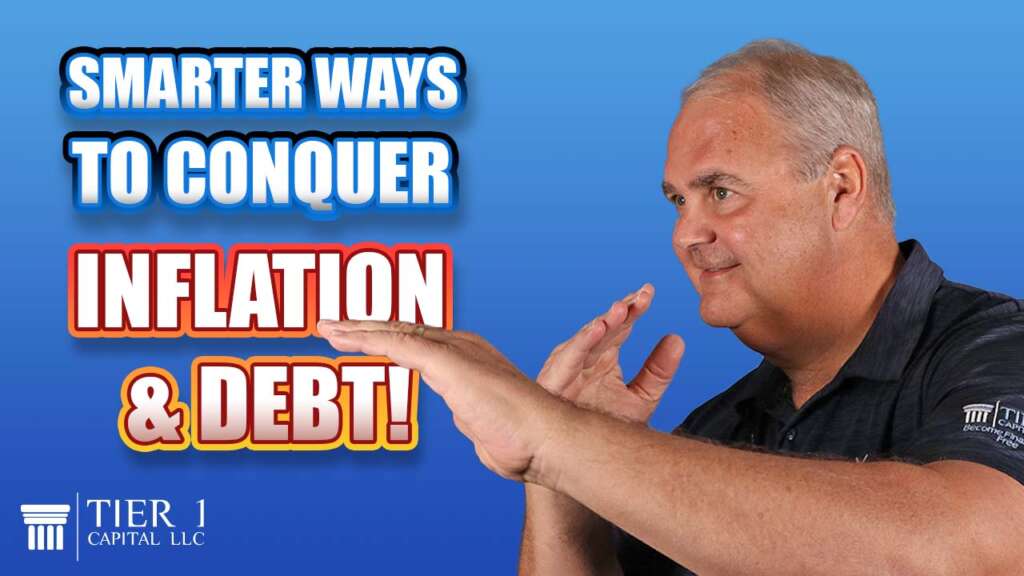
In today’s financial climate, many people feel the pinch as inflation reaches unprecedented levels, while salaries fail to keep up. It’s becoming increasingly difficult to manage your finances, especially after experiencing a period of “lifestyle inflation“—where spending habits increased during a time of economic boom, only to be met with the harsh reality of rising costs. This post aims to offer some relief and guidance on how to regain control of your finances amidst these challenges.
Inflation has surged by 18.6% over the past three years, while savings have plummeted by 37%. This stark contrast highlights the financial strain many are experiencing. The double whammy of dealing with both rising living costs and credit card debt, combined with contributions to retirement accounts, has left many feeling trapped. This scenario creates what we call a “double death”—a situation where your money is locked away in retirement accounts, making it inaccessible when you need it most, and at the same time, high-interest credit card debt eats into your cash flow.
Credit card debt in America is at an all-time high. The cost of living is forcing many to rely on credit just to get by, leading to a vicious cycle of debt that seems impossible to escape. Credit card interest rates can range from 20% to 35%, which means a significant portion of your payments goes toward interest rather than reducing the principal balance. This system is designed to keep you in debt, obligating your future income for purchases made today at a steep cost.
What we propose is a shift in mindset—regaining control of your cash flow and, ultimately, your life. Being heavily in debt means you’re not in control, and this financial stress can affect every aspect of your life, including your sleep. Studies show that a significant percentage of small business owners worldwide lose sleep over cash flow concerns, underscoring the pervasive nature of this issue.
Many cash flow problems are self-inflicted, often resulting from how we use our money. The combination of credit debt and retirement contributions is a prime example. Instead of the simplistic approach of redirecting all available cash flow to pay off credit card debt, which leaves you with no access to money and forces you back into borrowing, we suggest building a pool of cash that you own and control. This approach provides a safety net, allowing you to pay off debt while still having funds available for emergencies.
Building this financial safety net is key to navigating life’s unexpected expenses. By having access to capital, you gain the freedom to choose whether to tap into it, reducing your reliance on credit and giving you more control over your financial future. The strategies we often use may seem admirable—saving for retirement and getting out of debt—but when done simultaneously, they can leave you feeling just as pinched as before. By adjusting your approach, you can transition from feeling financially stuck to gaining more control almost overnight.
Ultimately, it’s about shifting your perspective to ask, “Am I putting myself in more control of my money or less?” This is the lens through which we help our clients view their cash flow, guiding them toward greater financial freedom. If you’re interested in learning more about how we implement this process for our clients, visit our website at tier1capital.com, where we offer a free web course that delves deeper into these strategies.
Remember, it’s not about how much money you make—it’s about how much you keep that truly matters.
